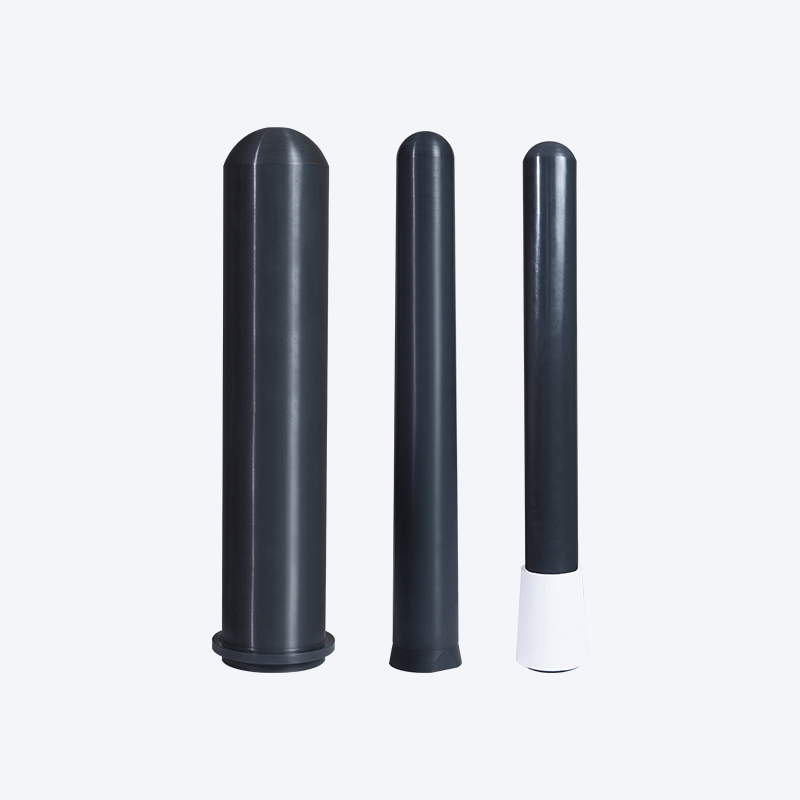The Unsung Heroes of Heating Systems: Understanding Heater Protection Tubes
Heater protection tubes are essential components in various industrial and commercial heating systems. They act as a shield, safeguarding heating elements from damage while ensuring efficient heat transfer. Often overlooked, these tubes play a critical role in maintaining the longevity of equipment and the consistency of performance in applications ranging from manufacturing to laboratory settings.
At their core, heater protection tubes are designed to house heating elements such as coils, wires, or ceramic heaters. These tubes provide a barrier between the heating element and the external environment. This separation is crucial because it prevents contaminants like dust, moisture, or chemicals from coming into contact with sensitive parts of the heating system. In industries where precision and reliability are paramount, such as pharmaceuticals or food processing, even minor contamination can lead to catastrophic failures or compromised product quality.
One of the standout features of heater protection tubes is their ability to withstand extreme conditions. Depending on the material used, these tubes can endure high temperatures, corrosive substances, and mechanical stress. Common materials for heater protection tubes include stainless steel, Incoloy, and ceramic. Each material offers unique advantages based on the application. For instance, stainless steel is often chosen for its durability and resistance to oxidation, making it ideal for environments with high humidity or exposure to water. On the other hand, ceramic tubes are prized for their excellent thermal insulation properties and electrical resistance, which make them suitable for high-temperature applications.
Another important aspect of heater protection tubes is their contribution to energy efficiency. By isolating the heating element, these tubes help minimize heat loss, ensuring that the maximum amount of energy is directed toward the intended purpose. This not only reduces operational costs but also supports sustainability efforts by lowering energy consumption. In an era where environmental responsibility is increasingly prioritized, the role of heater protection tubes in promoting energy-efficient processes cannot be overstated.

The design of heater protection tubes also allows for customization based on specific requirements. Factors such as diameter, length, wall thickness, and shape can be tailored to fit the needs of a particular system. Some tubes are engineered with additional features, such as flanges or threaded ends, to facilitate easy installation and maintenance. This adaptability makes heater protection tubes versatile solutions for a wide range of applications, from small-scale laboratory setups to large industrial furnaces.
Maintenance is another area where heater protection tubes prove invaluable. By acting as a protective barrier, they reduce wear and tear on heating elements, extending their lifespan and reducing the frequency of replacements. This translates to lower downtime and cost savings for businesses. Additionally, when maintenance is required, the tube can often be replaced independently of the heating element, simplifying the repair process.
Despite their benefits, selecting the right heater protection tube requires careful consideration. Factors such as operating temperature, chemical exposure, and pressure conditions must be evaluated to ensure compatibility. Choosing the wrong material or design can lead to premature failure, safety hazards, or reduced system efficiency. Consulting with experts or manufacturers during the selection process can help mitigate these risks and ensure optimal performance.
Contact Us for Quotes and Prices!
Just let us know what you want, and we will get in touch with you as soon as possible!

 English
English 简体中文
简体中文












